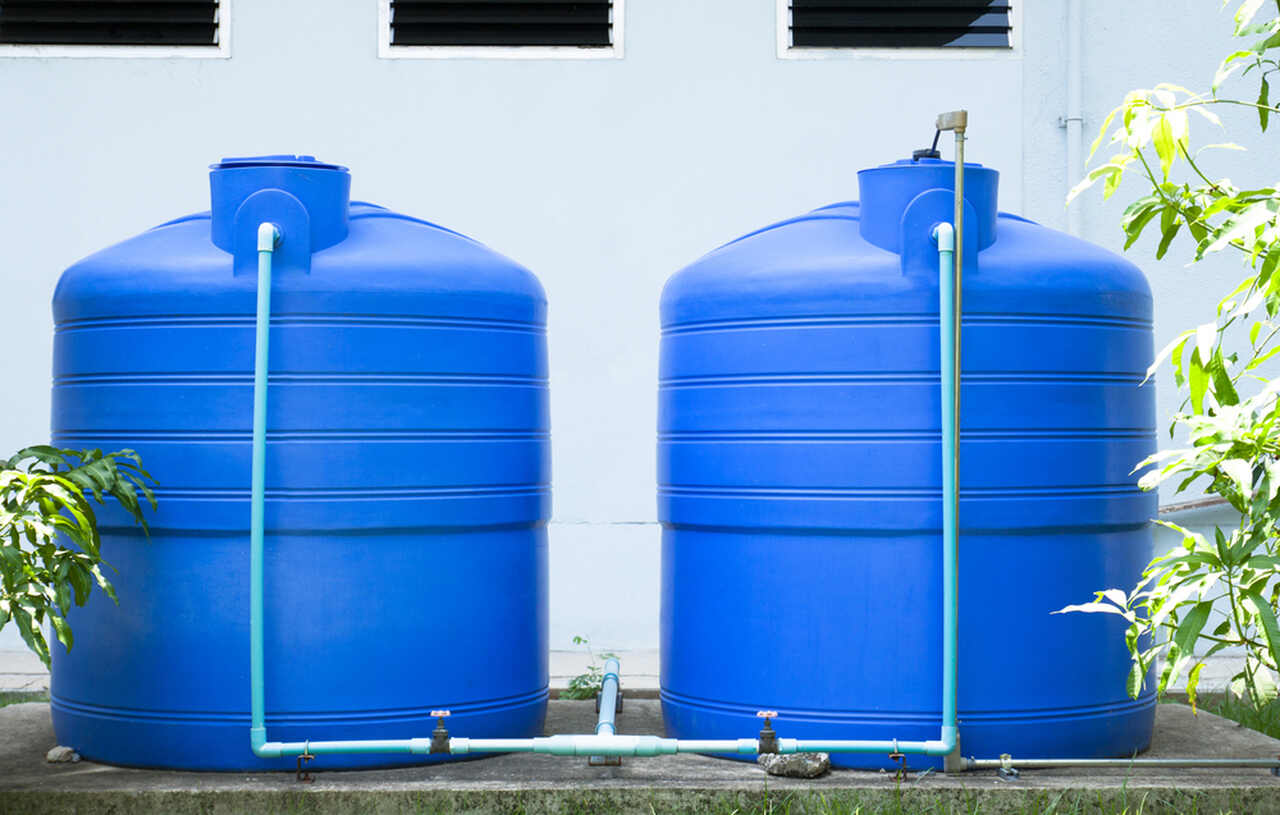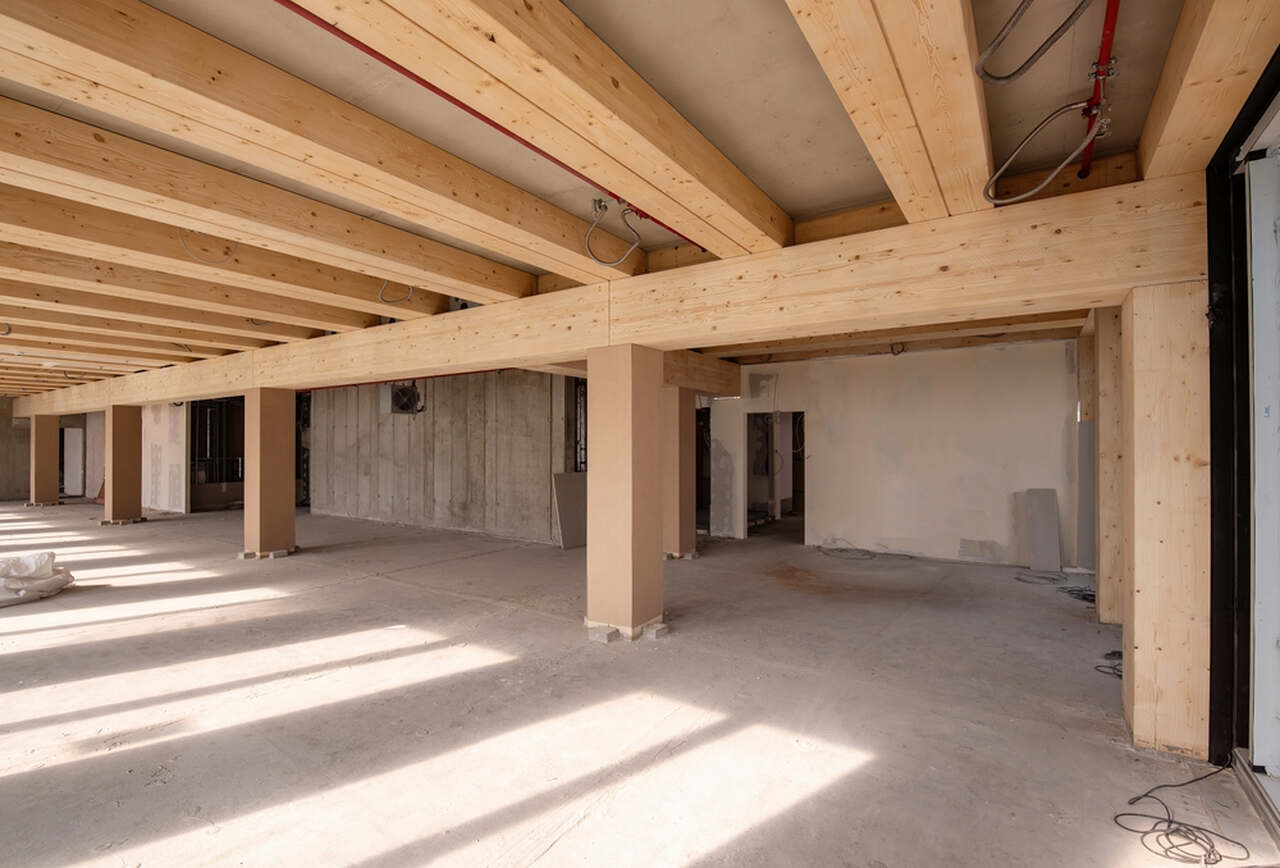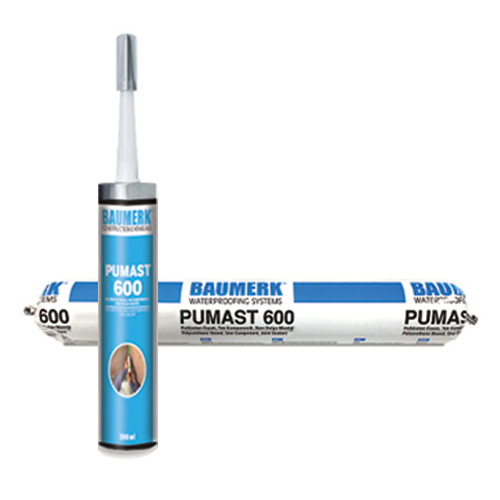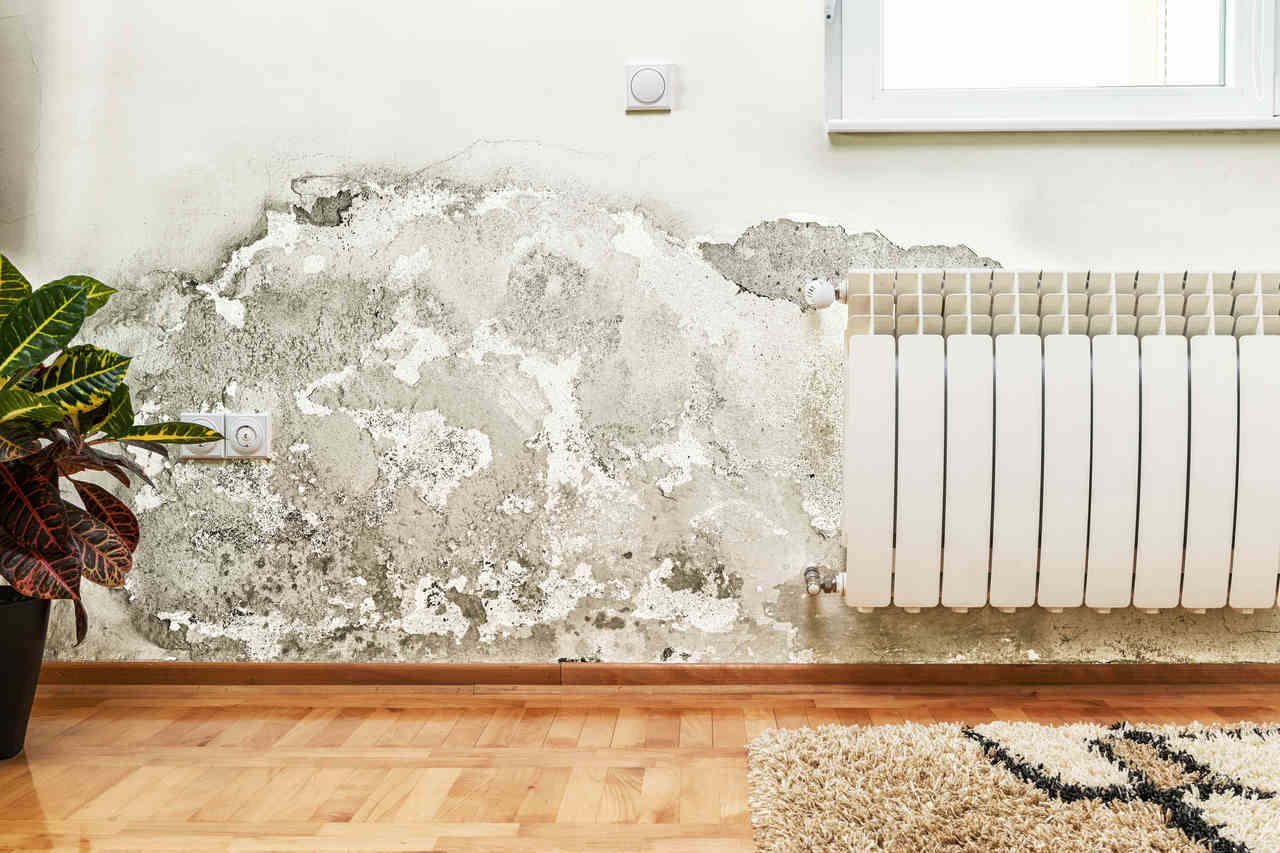
When it comes to wall waterproofing, the first thing that comes to mind is the waterproofing of the building walls, but wall waterproofing is of critical importance also for many other structures such as bridges, tunnels, and viaducts. Therefore, it is useful to have in-depth knowledge of waterproofing of walls, which we encounter in many areas of life.
However, before we talk about the waterproofing process applied to the walls, we would like to give information about waterproofing in general. Accordingly, waterproofing is the process performed with waterproofing chemicals to act as a barrier in the potential contact of structures with water and prevent the structure's performance losses.
Waterproofing chemicals have been specially developed to protect the structure from factors that may pose a risk for the structure, such as corrosion, durability, and strength losses that may occur in contact with water.
In Turkey, there is a requirement for the waterproofing of buildings in line with the "Regulations and Principles of Waterproofing in Buildings" published in the Official Gazette by the Republic of Turkey Ministry of Environment and Urbanization.
This regulation covers the principles of waterproofing to be made on the foundation, floor and basement walls, roofs, balconies, and wet areas of the buildings in contact with the soil, as well as the waterproofing procedures and principles of all points of contact with water of all conceivable structures such as pools, water tanks, drainage.
What is Wall Waterproofing?
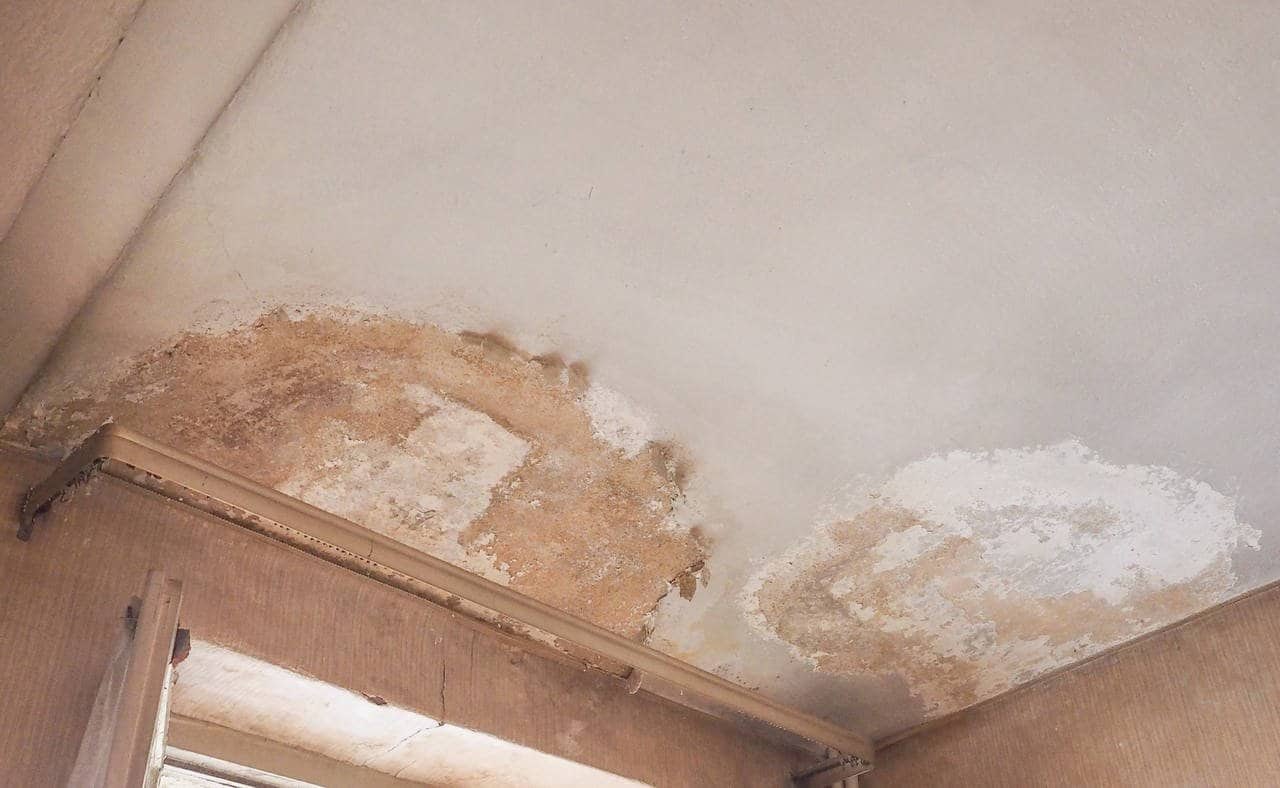
When asked what is wall waterproofing, the images of all wall systems inside and outside the building come to mind. While the inner walls are used to separate the building into usage areas, the outer walls are the systems that protect the building and are therefore directly affected by the climatic conditions.
Wall waterproofing chemicals are materials that are not affected by water on the inner and outer walls of the building from the foundation to the roof, by acting as a barrier between the water and the building and preventing possible performance losses.
So what is the importance of wall waterproofing? What are the problems that will arise if the correct wall insulation is not done?
Why is Wall Waterproofing Important?
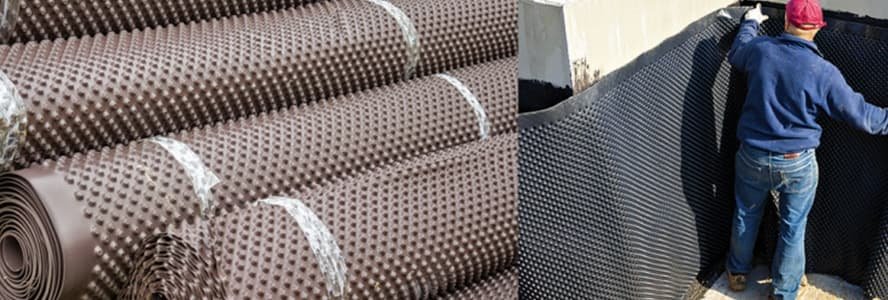
The correct completion of the waterproofing process between the soil and the building during the building installation is vital for the building. The foundation and curtain walls between the building and the soil must be protected with a correct waterproofing material so that the building is not damaged by moisture, and plant roots.
Otherwise, the building will be constantly exposed to water from the foundation and will begin to rot by corrosion. This loss of performance will cause irreversible results.
Windows occupy an important area in exterior wall systems. Since they make a direct transition between the water and the interior, the waterproofing must be completed properly during the installation of the exterior wall systems.
If correct waterproofing is not applied on the walls and window edges during the installation of windows, water enters the building directly, which causes performance losses.
Moisture may occur in the inner areas of the walls due to moisture and possible water leaks, and if this situation progresses, bacteria and fungus formation occur. These biological formations also need to be repaired with the right wall waterproofing material.
Therefore, to prevent formations that will harm the building and human health similar to these, it is necessary to work with the right waterproofing materials during the installation phase.
Which Construction Chemicals Should Be Used For Wall Waterproofing?
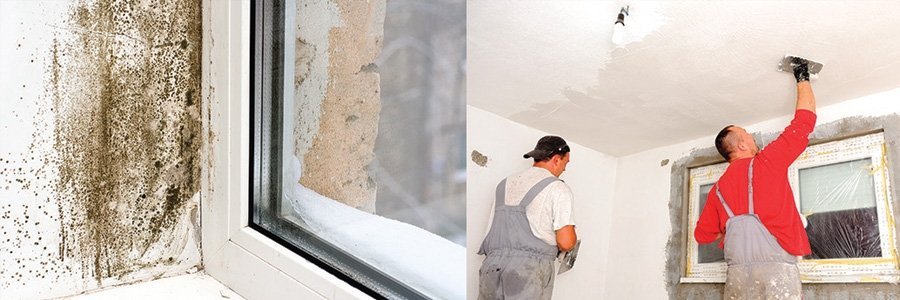
Different construction chemicals are used for the three possible contacts with water mentioned above. Now let's answer the question of what are the wall waterproofing materials for these three cases:
1. Baumerk's DRAIN-B HDPE Based, Protective Drainage Dimple Board should be used for waterproofing of building foundations and curtain walls. DRAIN-B is a protective layer that is resistant to plant roots and decay due to the high-density polyethylene in its structure and separates the curtain wall from the soil by protecting it from water and moisture. It is used to protect the waterproofing applied in the foundation and curtain insulation of the buildings.
2. Polyurethane or hybrid polymer-based mastic and joint fillers should be applied for the waterproofing of possible gaps between the window and the building. PUMAST 600 and SUPER TACK 290, which are in Baumerk's construction chemicals range, are materials with high adhesion and water tightness. They have high elasticity, are resistant to climatic conditions.
3. WALL CL 100 Mold (Fungus) Preventive Impregnation Primer should be used for microorganisms such as mold and fungus in the building. This water-based product does not contain chemicals that harm human health and can be used safely indoors. It is a water-based solution used on walls and ceilings to clean and protect organic formations on the surface. It protects the structure against mold-forming microorganisms.
In this content prepared by Baumerk, a construction chemicals specialist, we examined the waterproofing chemicals suitable for foundation and curtain wall insulation, waterproofing between the window and the wall, mold, and fungus formation on the wall caused by water and moisture.
On the other hand, when it comes to wall waterproofing, only these materials should not come to mind. Because wall waterproofing has a wide variety of application areas. For this reason, it is crucial to choose the right material according to the scope and application area.
It should not be forgotten that waterproofing is a very broad subject. Every field, every application needs a different product. As Baumerk, we offer all the waterproofing needs of buildings to our customers under a single brand. You can consult Baumerk's expert team for the right waterproofing products for your needs.

